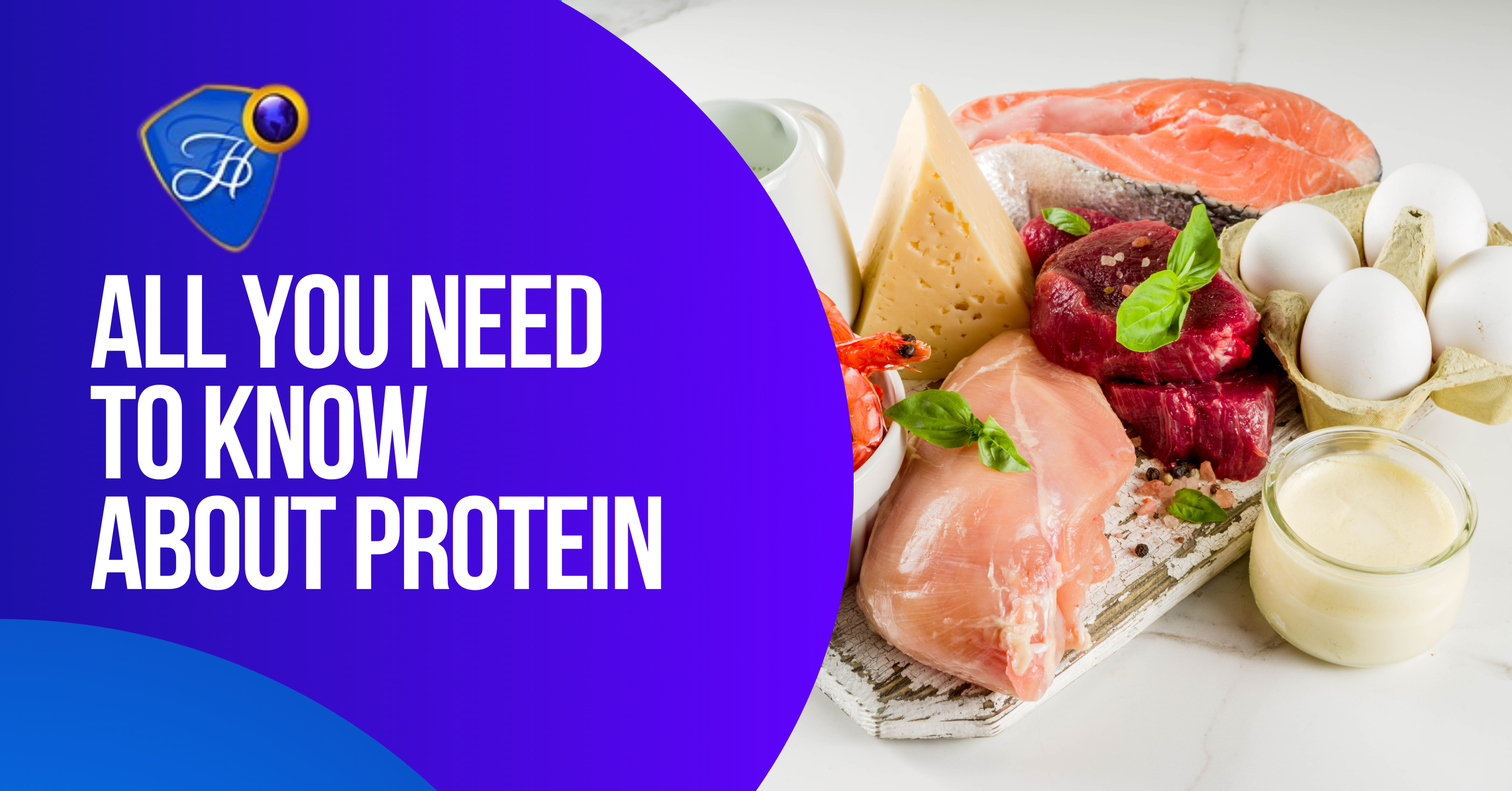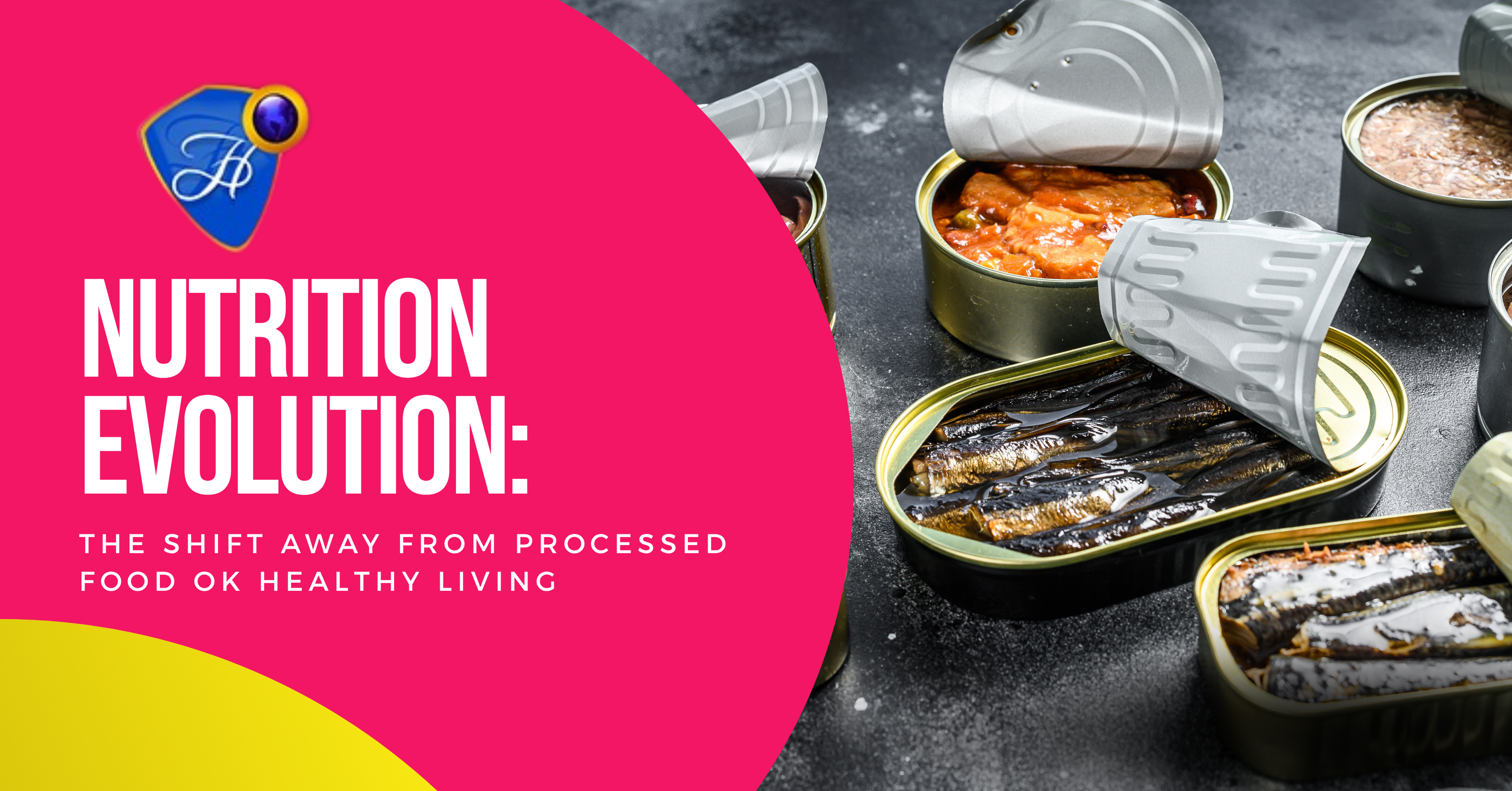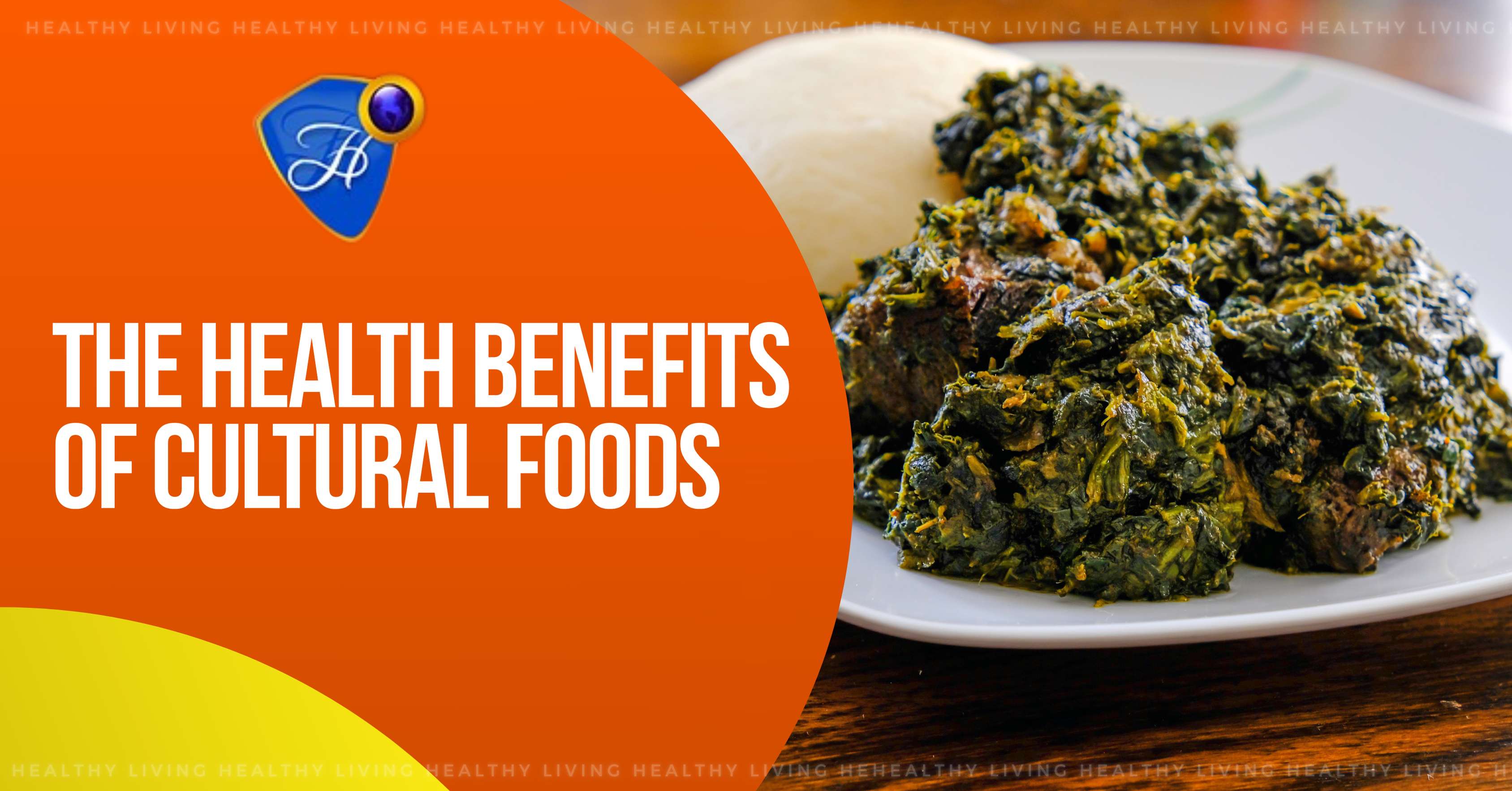
It is the natural course of food to start deteriorating once it is removed from its original state. Without intervention, foods fall victim to the forces of nature (e.g. bacteria, yeast, and fungus) and begin to degrade. The effects of food spoilage are not only unappetizing, but the agents of spoilage can also cause food borne illnesses. Thus, it is imperative that food be properly processed to prevent decay and spoilage. Food preservation is an effective way of saving food and preventing it from being wasted or lost. For thousands of years, various methods have been used to prolong the freshness and safety of food in order to stabilize food supply. Here are a few of the most common domestic ways to preserve food:
Freezing: This is an effective and commonly used method of food preservation. Food is frozen at various temperatures; vegetables and fruit are frozen at about -30°C to -40°C, but meat from between -20°C to -40°C. This method allows the food to preserve most of its nutrients, such as the vitamins, minerals, proteins and fats. Once defrosted, it is inadvisable for food to be frozen again.
Drying: The dehydration or drying process involves removal of water from the food; this provides effective protection against microorganisms (which require moisture to grow and function). It is highly recommended to dry foods using natural sunlight because of the added bonus of ultra-violet rays which also impedes microbial activities. Dehydration is the food preservation method used for meat, dried fruit and herbs.
Salting and Sugaring: High levels of salt or sugar in food preserves by removing the moisture and creating an unsuitable environment for microbial growth. Very few bacteria grow in high salt/sugar solutions, so simply adding a very high amount of salt or sugar is quite effective for food preservation. However, the amount of salt needed to preserve food is extremely high and can therefore make the food unpalatable. As such, salt is often used in combination with other methods like dehydration or an acidic solution, to preserve food. Sugar inhibits the growth of micro-organisms and is used to preserve fruits in jams, jellies and marmalades, while salting is majorly used to preserve meat and fish.
Although more likely to be used on a commercial scale, other common methods of food preservation include canning, pasteurization, smoking, ultra-heat treatment, pickling and fermenting.
While most preservation methods alter the nutrient composition and taste of foods, preservation is highly necessary for food storage for reasonably long periods. It makes food transportation easier, thereby increasing the availability of many different kinds of foods. With the help of preservation techniques, you can now buy seasonally produced food all year round, and from almost any part of the world.








Post Comments & Testimonies